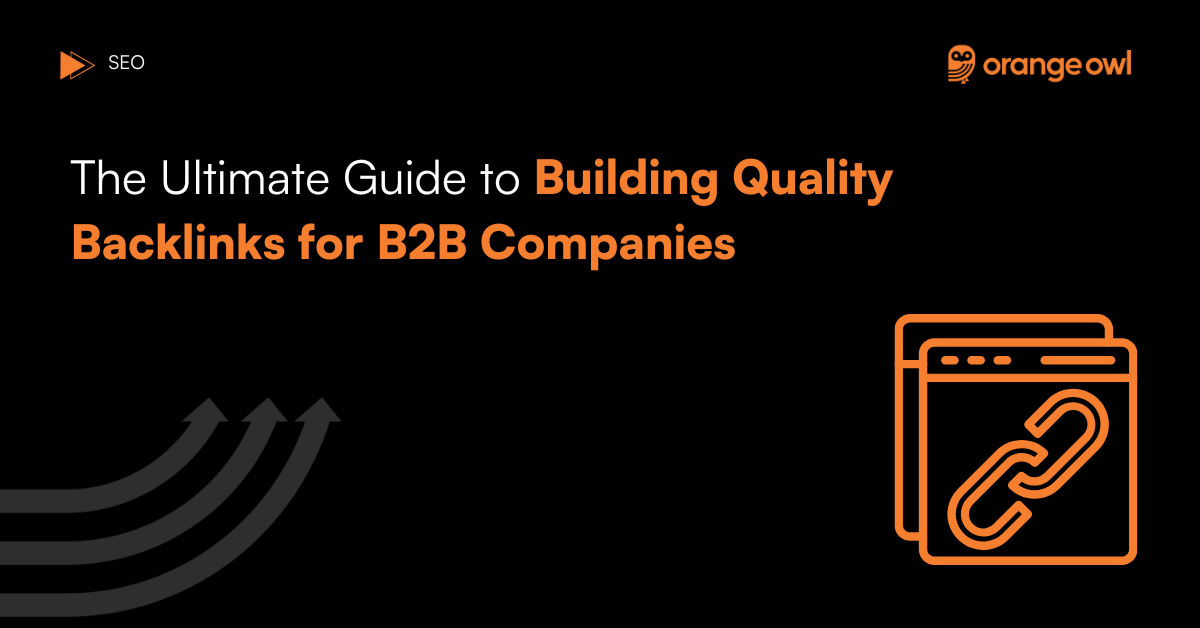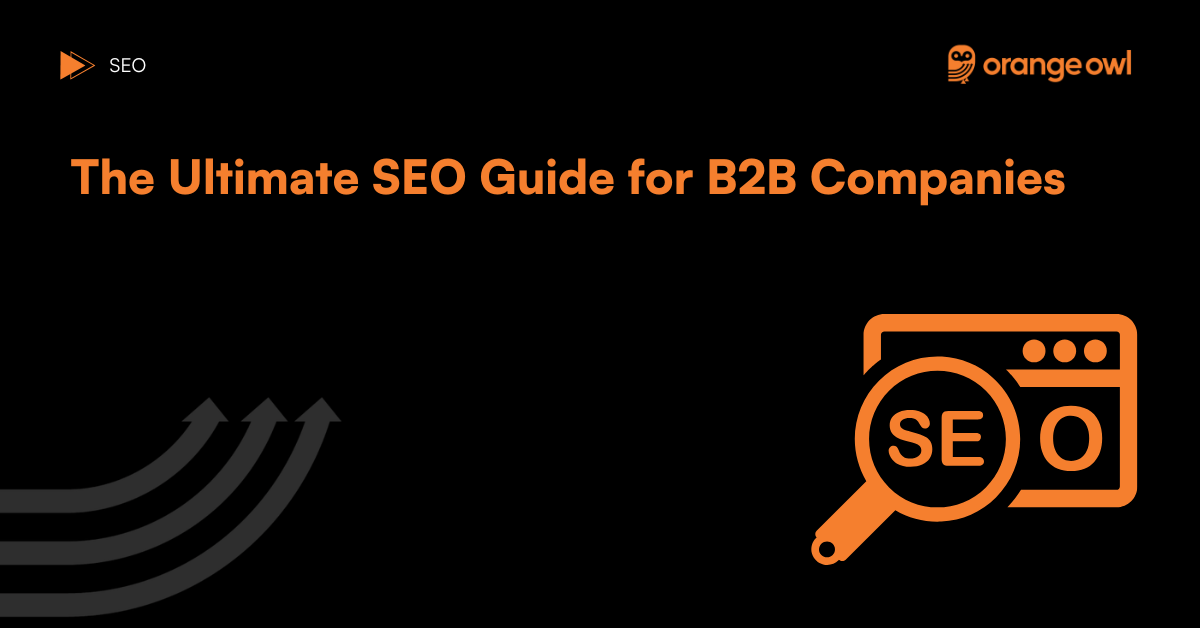10 Strategies to Use Generative AI to Write Blogs That Engage Readers
Vivek Goel
February 4, 2025

Table of Contents
In today’s digital landscape, creating content that is both efficient and creative while maintaining a unique brand voice can be a challenging task. With the advent of generative AI, many content creators find themselves relying on these tools to streamline the writing process. However, it’s essential to balance AI efficiency with human creativity to produce content that truly resonates with your audience.
Here’s a comprehensive guide on how marketers can use generative AI to write blogs to achieve this balance. These blogs, when written well, not only can engage readers but also rank in the search results driving more traffic to your website.

Top 10 Strategies to Use Generative AI to Write Blogs
1. Use AI for Initial Drafts and Research
The Importance of Quality: To stand out, make your content 10x better than what’s currently ranking in the top Google search results. This means offering unique insights, thorough research, and valuable information that your audience can’t find elsewhere.
How to Implement: Start by researching your topic extensively using AI tools. Use AI to generate an initial draft that compiles information from reputable sources. This draft serves as a solid foundation, allowing you to build on it with your insights and expertise.
Example: Imagine you’re writing a blog about “Innovative B2B Marketing Strategies.” Use AI to gather the latest data and examples of successful strategies. Then, enhance this with your analysis and predictions, ensuring your content offers more depth and value than existing articles.
ChatGPT Prompt Example:
“What are the latest innovative B2B marketing strategies that have proven successful in recent case studies?”
Expert Advice: Regularly update your knowledge on industry trends to ensure your content remains relevant and cutting-edge.
Efficiency Tip: Use AI to quickly compile data and initial drafts, but invest time in adding your insights and refining the content.
2. Focus on Originality and Depth
Creating a Comprehensive Outline: Use AI to compile a detailed table of contents that guides the structure of your blog. This ensures you cover all necessary aspects of the topic comprehensively.
How to Implement: Allow AI to draft a detailed outline, suggesting topics and subtopics to explore. Expand on these points with original case studies, insights, and analyses that add significant value to your readers.
Example: For a blog post on “B2B Content Marketing Best Practices,” AI can outline key strategies. You then add detailed examples from your experience or industry case studies to provide depth and originality.
ChatGPT Prompt Example:
“Can you help me create a comprehensive table of contents for a blog about B2B content marketing best practices?”
Expert Advice: Focus on delivering unique insights and in-depth analysis that differentiates your content from the competition.
Efficiency Tip: Use AI-generated outlines as a starting point, then build on them with detailed research and original insights.
3. Personalize and Humanize Content
Connecting with Your Audience: Personalization makes your content more relatable and engaging. Use AI to identify trending topics and generate ideas, but ensure your content resonates personally with your audience.
How to Implement: Infuse your blogs with personal stories, client testimonials, and expert interviews. These elements add a human touch, making your content more engaging.
Example: In a blog post about “Effective B2B Customer Retention Strategies,” include a testimonial from a long-term client who benefited from your services, providing a real-world example of your strategies in action.
ChatGPT Prompt Example:
“What are some personalized content ideas for a blog on B2B customer retention strategies?”
Expert Advice: Regularly interact with your audience to understand their needs and interests, tailoring your content accordingly.
Efficiency Tip: Use AI to identify content ideas but focus on personalizing them with human stories and insights.
4. Maintain a Consistent Brand Tone
Ensuring Consistency Across Content: Use AI tools to ensure grammar consistency and style alignment with your brand guidelines.
How to Implement: Regularly review and update your brand voice guidelines. Tailor all AI-generated content to fit these guidelines before publication, ensuring a cohesive brand message.
Example: For a tech company blog, ensure that the language remains professional and informative while being accessible and engaging. AI can help with initial drafts, but human editors must fine-tune the content to maintain this tone.
ChatGPT Prompt Example:
“How can I ensure my blog maintains a consistent tone aligned with my tech company’s brand guidelines?”
Expert Advice: Develop a style guide that outlines your brand’s tone and voice. Share this with all contributors to maintain consistency across all content.
Efficiency Tip: Use AI for initial drafts but rely on human editors to ensure the content aligns with your brand’s tone and message.
5. Integrate Subject Matter Expertise
Adding Credibility to Your Content: AI can assist in compiling comprehensive background information and industry trends, providing a solid base for your blog.
How to Implement: Add expert commentary and insights from industry leaders or internal experts to enhance credibility and depth. This approach ensures your content is both authoritative and insightful.
Example: For a blog on “Cybersecurity Trends,” include quotes from cybersecurity experts and your analysis of recent developments in the field.
ChatGPT Prompt Example:
“What are the latest cybersecurity trends, and how can I incorporate expert insights into my blog?”
Expert Advice: Network with industry experts to gather insights and quotes for your content, enhancing credibility and strengthening connections.
Efficiency Tip: Use AI to gather background information but enrich your content with expert insights and analysis.
6. Implement a Rigorous Editing and Review Process
Ensuring Accuracy and Quality: AI can streamline the proofreading process, catching basic errors quickly. However, a thorough fact-check and creative review are essential.
How to Implement: Human editors should refine the content, ensuring it aligns with your brand’s tone and is free of misinformation. Fact-check all information to maintain accuracy and credibility.
Example: AI can flag grammatical issues, but human editors ensure the content flows naturally and maintains an engaging narrative. Fact-checking verifies all data and statements, preventing misinformation.
ChatGPT Prompt Example:
“How can I effectively fact-check and edit AI-generated content to ensure quality and accuracy?”
Expert Advice: Establish a structured editing process with multiple review rounds, ensuring the final content is polished and accurate.
Efficiency Tip: Use AI to catch basic errors, but rely on human editors for in-depth editing and fact-checking.
7. Enhance Engagement with Interactive Elements
Making Your Content Interactive: AI can suggest relevant multimedia content and interactive elements to include in your blog.
How to Implement: Customize these elements to fit your brand narrative. Encourage user interaction with polls, quizzes, and interactive infographics.
Example: Include an interactive quiz in a blog about “Digital Marketing Trends” to engage readers and provide personalized insights based on their answers.
ChatGPT Prompt Example:
“What interactive elements can I add to a blog on digital marketing trends to enhance engagement?”
Expert Advice: Regularly assess the effectiveness of interactive elements and update them based on user feedback and engagement metrics.
Efficiency Tip: Use AI to suggest interactive content ideas but tailor them to fit your brand and audience needs.
8. Balance AI Efficiency with Human Creativity
Optimizing Your Workflow: Set up a process where AI handles repetitive tasks like formatting, SEO optimization, and content scheduling.
How to Implement: Ensure the final content always goes through a creative review process where human judgment prevails, maintaining originality and brand integrity.
Example: AI can format your blog for SEO, but human writers should ensure the content is compelling and resonates with your audience.
ChatGPT Prompt Example:
“How can I balance AI efficiency with human creativity in my blog writing process?”
Expert Advice: Use AI to handle time-consuming tasks, allowing your team to focus on creativity and strategic planning.
Efficiency Tip: Combine AI’s efficiency in handling repetitive tasks with human creativity for content that resonates with your audience.
9. Use AI for SEO Optimization
Boosting Your Search Rankings: AI tools can optimize keywords, meta descriptions, and other SEO elements to improve search engine rankings.
How to Implement: Incorporate SEO elements naturally into the content, ensuring they enhance rather than detract from the reader’s experience.
Example: For a blog post on “B2B Lead Generation,” AI can suggest relevant keywords, but the content should still be written in a way that feels natural and engaging to the reader.
ChatGPT Prompt Example:
“How can I use AI to optimize my blog for SEO without compromising content quality?”
Expert Advice: Regularly review your SEO strategy and adjust based on performance data and search engine algorithm updates.
Efficiency Tip: Use AI for keyword and SEO optimization but ensure content remains engaging and relevant.
10. Regularly Update and Refresh Content
Keeping Your Content Current: AI can help identify content that needs updating based on current trends and data.
How to Implement: Regularly refresh content with new insights, updates, and creative touches to keep it relevant and engaging.
Example: Update a blog post on “Social Media Marketing Strategies” with new statistics, case studies, and examples of successful campaigns to keep it current.
ChatGPT Prompt Example:
“What are some effective ways to update and refresh existing blog content?”
Expert Advice: Develop a content audit schedule to ensure all content remains up-to-date and relevant, maximizing its impact and value.
Efficiency Tip: Use AI to identify content gaps and opportunities for updates, ensuring your content remains fresh and engaging.

Conclusion on How to Use Generative AI to Write Blogs
Generative AI offers incredible efficiency in content marketing, but it’s essential to balance this with human creativity to maintain a unique brand voice and produce high-quality content. By following these strategies, you can leverage the power of AI while ensuring your blogs remain engaging, original, and valuable to your audience. Remember, while AI can generate content, it is human creativity and insight that will continue to drive innovation and progress. Use AI as a tool to enhance your abilities, not as a crutch that limits your potential.
Frequently Asked Questions (FAQs)
Generative AI streamlines the content creation process by generating initial drafts, suggesting headlines, and offering data-driven insights, allowing writers to focus more on refining and enhancing the quality of the content.
Some potential drawbacks include the risk of producing generic or repetitive content, loss of originality, and the potential for perpetuating biases present in the data used to train the AI models.
Train the AI Model: Customize and train the AI model with examples of your brand’s tone and voice. Provide the AI with previous content, style guides, and tone of voice documents so it can learn the nuances of your brand.
Set Clear Brand Guidelines: Develop comprehensive brand guidelines that outline the tone, style, and voice you want to maintain. Share these guidelines with your content team and use them to train your AI tools.
Use AI Tools with Customization Features: Select AI tools that allow you to customize the language model to match your brand’s tone. Some AI platforms offer features that let you adjust the level of formality, creativity, and tone to align with your brand.
Involve Human Editors: Have human editors review and adjust the AI-generated content to ensure consistency with your brand voice. Editors can infuse personal insights and make necessary corrections to maintain the desired tone.
Infuse Personal Insights: Complement AI-generated content with personal stories, anecdotes, and insights from your team or industry experts. This adds authenticity and ensures that the content reflects your brand’s unique perspective.
Regularly Update and Train AI Models: Continually update the AI model with new examples of your brand’s content and voice as it evolves. This ensures that the AI stays aligned with any changes in brand strategy or messaging.
Feedback and Iteration: Collect feedback from your team and audience on AI-generated content. Use this feedback to iteratively improve the training data and the AI model’s output.
Quality Control Measures: Implement a quality control process that includes checking AI-generated content for consistency, accuracy, and alignment with brand guidelines before publication.
Yes, AI-generated content can rank well if it’s optimized for SEO. This involves integrating relevant keywords naturally, ensuring high-quality and original content, and focusing on user intent and experience.
Ethical considerations include ensuring transparency about AI usage, avoiding plagiarism, maintaining data privacy, and being aware of potential biases in AI-generated content.
AI can suggest multimedia elements like images, videos, and infographics, but it’s crucial to customize these elements to fit the narrative and enhance user engagement.
Yes, AI tools can assist with content localization by providing language translations and cultural context, but it’s essential to have human oversight to ensure cultural nuances and accuracy are maintained.
While AI can process large amounts of data, it may struggle with understanding complex human emotions, cultural nuances, and context, which can impact the authenticity and relevance of the content.
AI can analyze audience data, suggest trending topics, and provide insights into content performance, helping in the development of a strategic content plan that aligns with business goals.
Human writers are crucial in adding creativity, personal insights, and emotional depth to AI-generated drafts. They ensure that the final content is engaging, authentic, and aligns with brand values.



